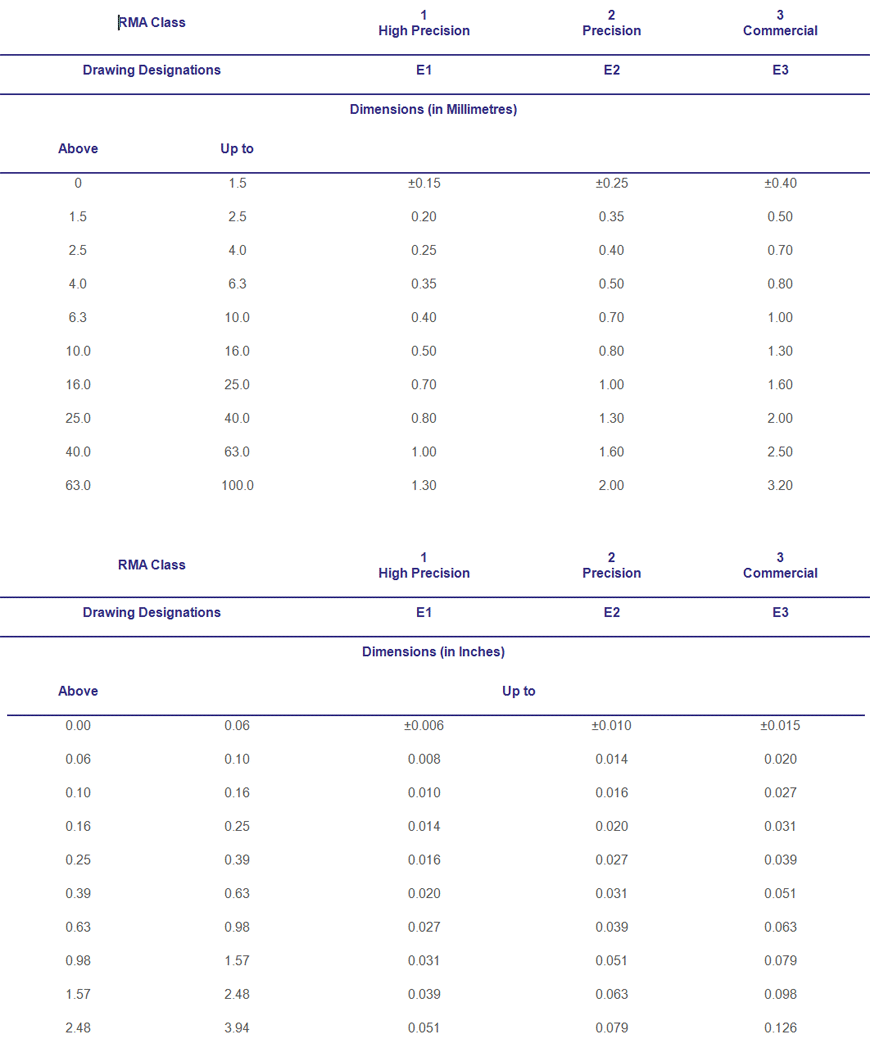Extrusions
Extrusion is the simplest of the techniques employed by Kelseal Rubber Mouldings Group. Essentially, rubber is forced through a die at elevated temperatures to produced lengths of various shapes. Different dies can also be modified to produce more complex shapes such as hollow tubing, wiper designs, and U-cups etc.
Each of the above techniques offers their own advantages and disadvantages.
Rubber Extrusion Process
Rubber Extrusion
Extruded rubber products will differ from moulded rubber products based on the process where extruded parts are forced through a die of the required cross section under pressure of an extruder. Often extruded products are unvulcanized prior to being extruded, leaving the rubber in a soft and pliable state post extrusion. If this is indeed the case, the finished extruded products will normally need to be vulcanized before they are rendered usable.
The extrusion process begins with the unvulcanized rubber compound being fed into the extruder. Next, the flutes of the revolving screw will begin to carry the rubber forward into the die, with an increase in pressure and temperature occurring, as the material gets closer to the die itself.
Once it reaches the die, the built up pressure forces the material through the openings, where it will consequently swell in various degrees based on the material compound and hardness.
Because of this tendency towards swelling, many extruded parts require plus or minus tolerances on their cross sections. During the vulcanization, the extruded rubber will well or shrink in both its cross section and its length depending on the type of rubber compound used.
After vulcanization, a length of rubber extrusion will tend to be reduced in dimension more in the centre of the length than in the ends.
Extrusion Die
The extrusion die is a precise and specific tool made by cutting an opening shaped in the form of the finished rubber cross section desired through a blank of steel. Once in place, the rubber material will be forced through this die via the pressure that builds up from the revolving screw of the extruder. Many rubber compounds will tend to swell when passing through the extrusion die, causing them to experience an increase in dimensions. Thus, each die is made according to each particular part and material to ensure that all tolerances are met for the finished extruded rubber part.
The closer tolerance classes outlined below should not be specified unless required to do so by the final application and they should be restricted to the critical dimensions. The closer tolerances demanded, the tighter the control must be exercised when the material is being extruded and hence the higher the cost incurred.
In general, softer materials and those requiring a post cure will need greater tolerances.
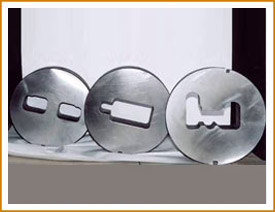
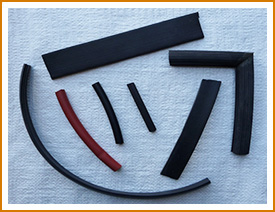
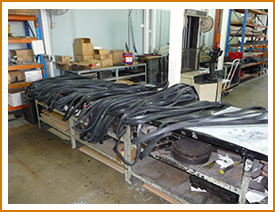
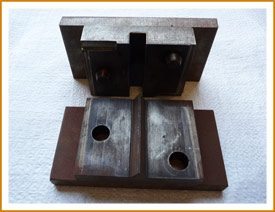
RMA Standards for Cross Sectional Tolerance Table for Rubber
Extrusions are below.
